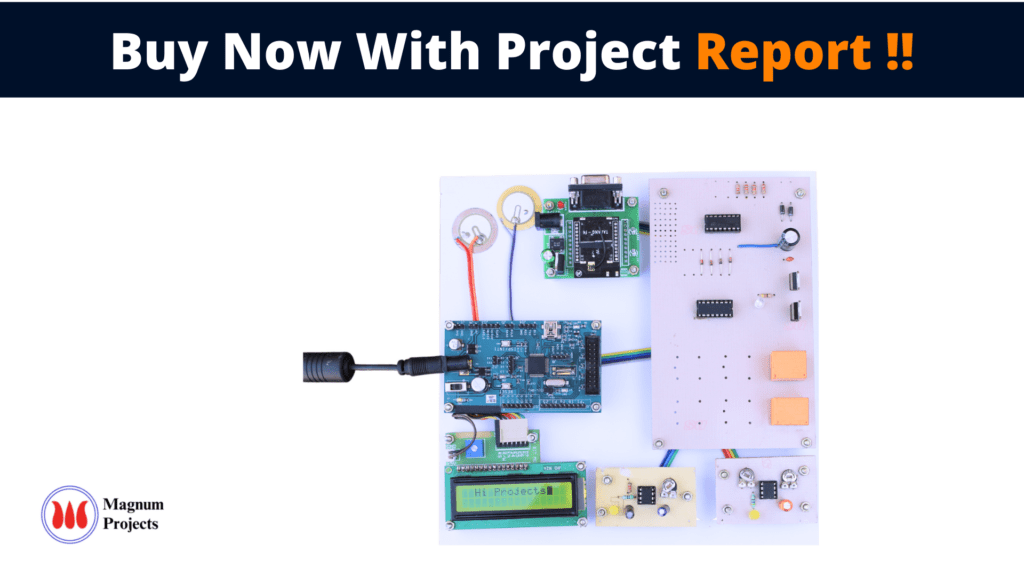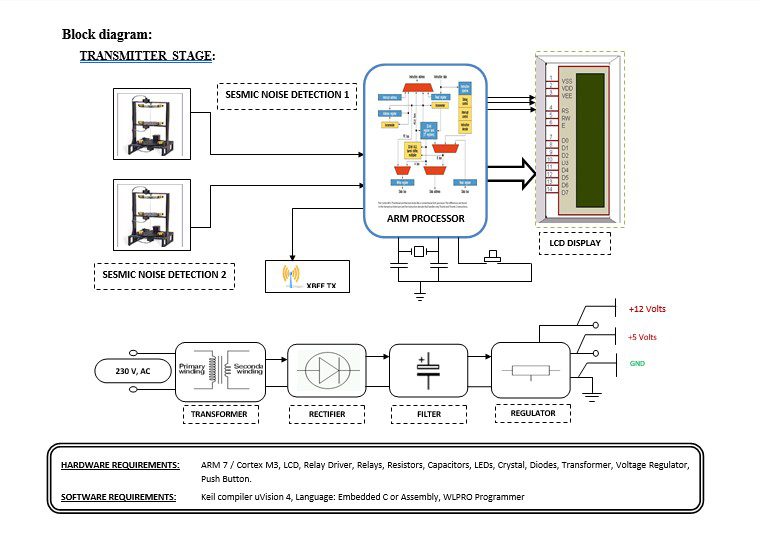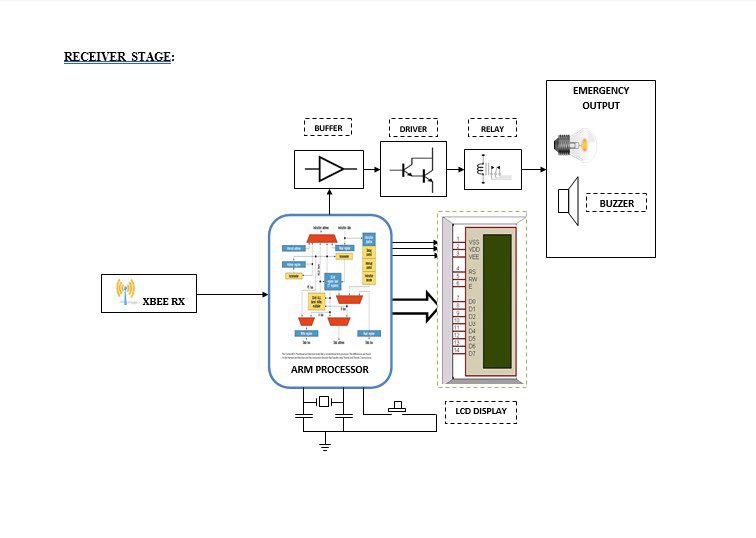Table of Contents
Introduction:

Micro-earthquake (mine tremor or micro-seismic), as a small earthquake, is usually defined as those seismic events which are caused by rock failure or rock mass changes in the stress field near the mining tunnel. The micro-earthquake monitoring technique based on ballistics and seismology is subject to the geophysical exploration technique. The technique core focuses on monitoring the effects and results of production and the underground states through observing and analyzing the micro-seismic events. The following is the basic method. Firstly, according to certain rules, sensors are placed in the well or on the ground to receive production activities arising out of or induced micro-seismic events, then through the inversion of these events the micro-seismic source is located and other parameters are calculated, finally, through these activities the production is controlled or guided by these parameters. Similar to Bluetooth, the Zigbee technique is an emerging short-range, low-rate wireless network technique. This technique has widely been used in sensing control applications and local area networks at short ranges. Its outstanding advantages are simplicity in application, flexibility in working frequency, lower power, low cost, high reliability, self-networking, and self-recovery capability. With the development of science and technology in recent years, Zigbee has deeply been integrated into sensor techniques, data acquisition, information processing, and wireless sensor network techniques. The general packet radio service network based on a packet switching technique is an efficient data transmission network.


Block diagram explanation :
Power supply unit:
This section needs two voltages viz., +12 V & +5 V, as working voltages. Hence specially designed power supply is constructed to get regulated power supplies.
Zigbee technology:
ZigBee is the name of a specification for a suite of high-level communication protocols using small, low-power digital radios based on the IEEE 802.15.4 standard for wireless personal area networks (WPANs).
- A very low-cost, low power consumption two-way, wireless communication standard for automation, toys & PC peripherals.
- Low power consumption: 6 months to 5 years battery life for most applications.
- Low cost: At least half the cost of Bluetooth solutions.
- The high density of nodes per network: 250 nodes per network, multiple co-located networks.Data rate requirements: Few bits to 250kbps sufficient.
ARM processor:
ARM is a computer processor-based RISC architecture. A RISC-based computer design approach means ARM processors require significantly fewer transistors than typical processors in average computers. This approach reduces costs, heat, and power use. The low power consumption of ARM processors has made them very popular:
The ARM architecture (32-bit) is the most widely used in mobile devices, and the most popular 32-bit one in embedded systems.
ARM processor features include:
- Load/store architecture.
- An orthogonal instruction set.
- Mostly single-cycle execution.
- A 16×32-bit register
- Enhanced power-saving design.
Buffers:
Buffers do not affect the logical state of a digital signal (i.e. a logic 1 input results in a logic 1 output whereas logic 0 input results in a logic 0 output). Buffers are normally used to provide extra current drive at the output but can also be used to regularize the logic present at an interface.
Drivers:
This section is used to drive the relay where the output is the complement of input which is applied to the drive but the current will be amplified.
Relays:
It is an electromagnetic device that is used to drive the load connected across the relay and the o/p of the relay can be connected to the controller or load for further processing.
Methodology:
The transmitter will have a seismic noise detection sensor, when any slight vibration in earth layers is detected then it gives the signal to the ARM, then the ARM will send the information to another receiving station through ZIGBEE which is in the security office. At the same time, ARM will generate the output that is fed to buffer IC 4050, buffer stores and given to the driver IC 2003 in driver current will amplify and voltage will invert with the help of the Darlington circuit of driver IC to drive the relay. Then the signal is given to the output load for indication purposes.
When ARM receives the data from the Zigbee, it will enable the alert through the Buzzer on the receiver side.
Advantages:
- Early warning systems can play an important role in reducing the negative impact of these
- catastrophic events in densely populated areas and in mitigating the damage to strategic structures and lifelines.
- Provides information to support decision-making for the rapid response of emergency management services.
- It can activate the control system to protect crucial structures.
- It requires less power supply.
- Portable circuit easy to handle.
Disadvantages:
- It increases the cost whereas digital systems reduce the cost of the system.
- In this project usage of relays leads to consuming more power.
Applications:
- This project can be implemented in gas Industries
- It is used in the mining of coal & other materials.
- It is used in municipal gas distribution.
- This project can be used in Military applications.
- It is used in nuclear power stations.




